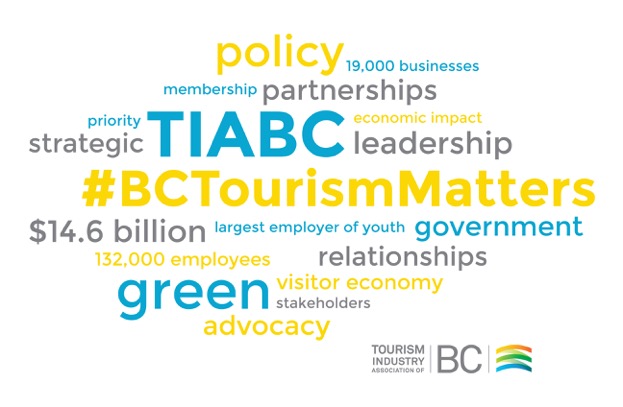Canada’s Tourism Vision: Focused on Growth
Action Item 2: The Connecting America Campaign
The U.S. leisure market accounts for 70 per cent of overnight visitors to Canada, and is Canada’s single largest source of international tourists.
Canada’s proximity, natural wonders, vibrant cities, welcoming culture and common language makes our country a natural choice for American tourists. In 2015, Destination Canada undertook a $30 million marketing campaign in the U.S., which will continue until 2018.
Budget 2017 further invested in marketing in the U.S., so that Destination Canada can build on the success of the Connecting America campaign, and continue to market to U.S. customers.
Action Item 3: The Millennial Travel Program
Millennials are an exciting and growing group of tourists. The number of international youth trips is expected to double by 2020, to 300 million annually.
Last April, Minister Chagger and Minister of Heritage, Melanie Joly, announced the launch of the Millennial Travel Program which offers unique opportunities to millennials to gain multi-year sales, marketing and communications experience in the tourism sector. Inspired by the 150th anniversary of Confederation, this program is helping give Canadian and international millennial travelers a chance to explore our country and gain valuable experience.
Action Item 4: Harnessing the Digital Economy and Innovative Technologies
Destination Canada is working to better use data to improve how it markets to international travelers, specifically audience segmentation and targeting. Working collaboratively with provincial and territorial partners, Destination Canada will use new technologies to develop a common framework, improved methodology and universal performance metrics to measure success.
Pillar 2: Access
Action Item 5: Lifting the Visa Requirement for Mexican Nationals
Mexico is one of the highest growth source markets for Canadian tourism. While respecting the integrity of Canada’s immigration system, our government lifted the visa requirement for Mexican nationals. This decision will encourage continued growth of air travel between the two countries—benefitting the Canadian tourism and air travel sectors.
Action Item 6: Expanding the Visa Application Centre Network
Canadian Visa Application Centres around the world are often the first stop for visitors looking to apply for study permits, work permits, visitor visas, and travel documents for permanent residents.
While in China, Prime Minister Trudeau and Premier Li Keqiang jointly announced that China will authorize Canada to open seven new Visa Application Centres across China—more than double the current number. These new VACs will help to increase the numbers of visitors from China during the 2018 Canada–China Year of Tourism.
Action item 7: Expansion of the Electronic Travel Authorization Program
The expansion of the electronic travel authorization (eTA) to select visa-required countries will help promote trade and travel, while continuing to protect the safety of Canadians. Eligible travelers from Brazil, Bulgaria and Romania are now eligible to apply for an eTA.
Action item 8: Liberalizing Canada’s Bilateral Air Transport Agreements
Air transport agreements play a critical role in facilitating air passenger arrivals to Canada by allowing more direct flights between countries and better connections. Expanding air transport agreements will support growing volumes of international air passengers to Canada, and help open Canada to the world.
Action item 9: Exploring options to clarify the permitting requirements for the Northern Cruise Line Industry
Cruises are a popular attraction for many tourists, especially as a way to experience Canada’s North. The government will work with key regulatory departments, stakeholders and Indigenous groups to explore more efficient permitting of cruise ship operations in Canada’s Arctic waters.
Action item 10: Improving Accessible Transportation in Canada
After extensive consultations, the government is working towards new national accessibility legislation to ensure that travel under the federal transportation network is fully inclusive and barrier free for all persons with disabilities.
Pillar 3: Product
Action item 11: Growing Indigenous Tourism
In 2015, Indigenous tourism generated $2.7 billion in gross economic output, $1.4 billion in GDP (up from $596 million in 2002) and more than $142 million in taxes.
The number of Indigenous tourism businesses has also grown, from 892 businesses in 2002 to well over 1,500 in 2014.
This trend is encouraging, and reflects the many great products now being offered by Indigenous tourism operators. To build on this, the Federal Government, through Budget 2017, will provide $8.6 million to support the development of Canada’s unique and authentic Indigenous tourism industry.
Action item 12: A Strategic Plan for the Chinese Market
China is the world’s largest tourist source market. The number of international outbound tourists from China more than doubled between 2008 and 2015, from 47.7 million tourists to 128 million.





